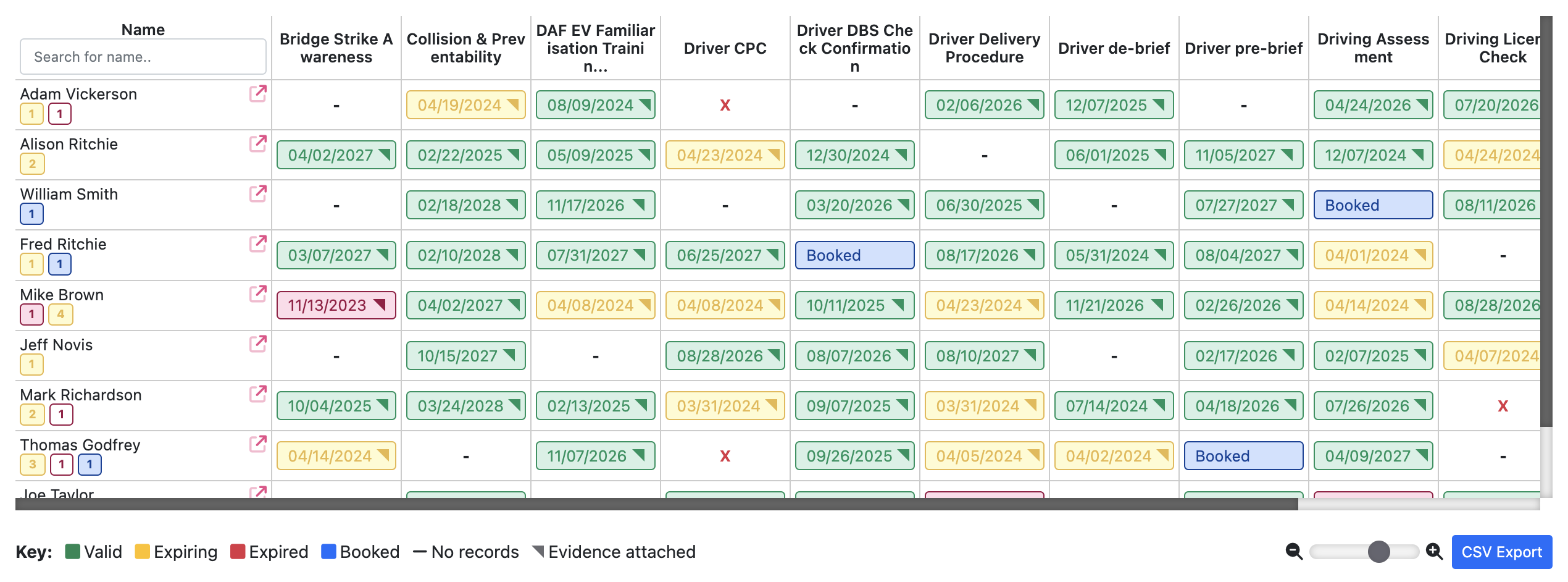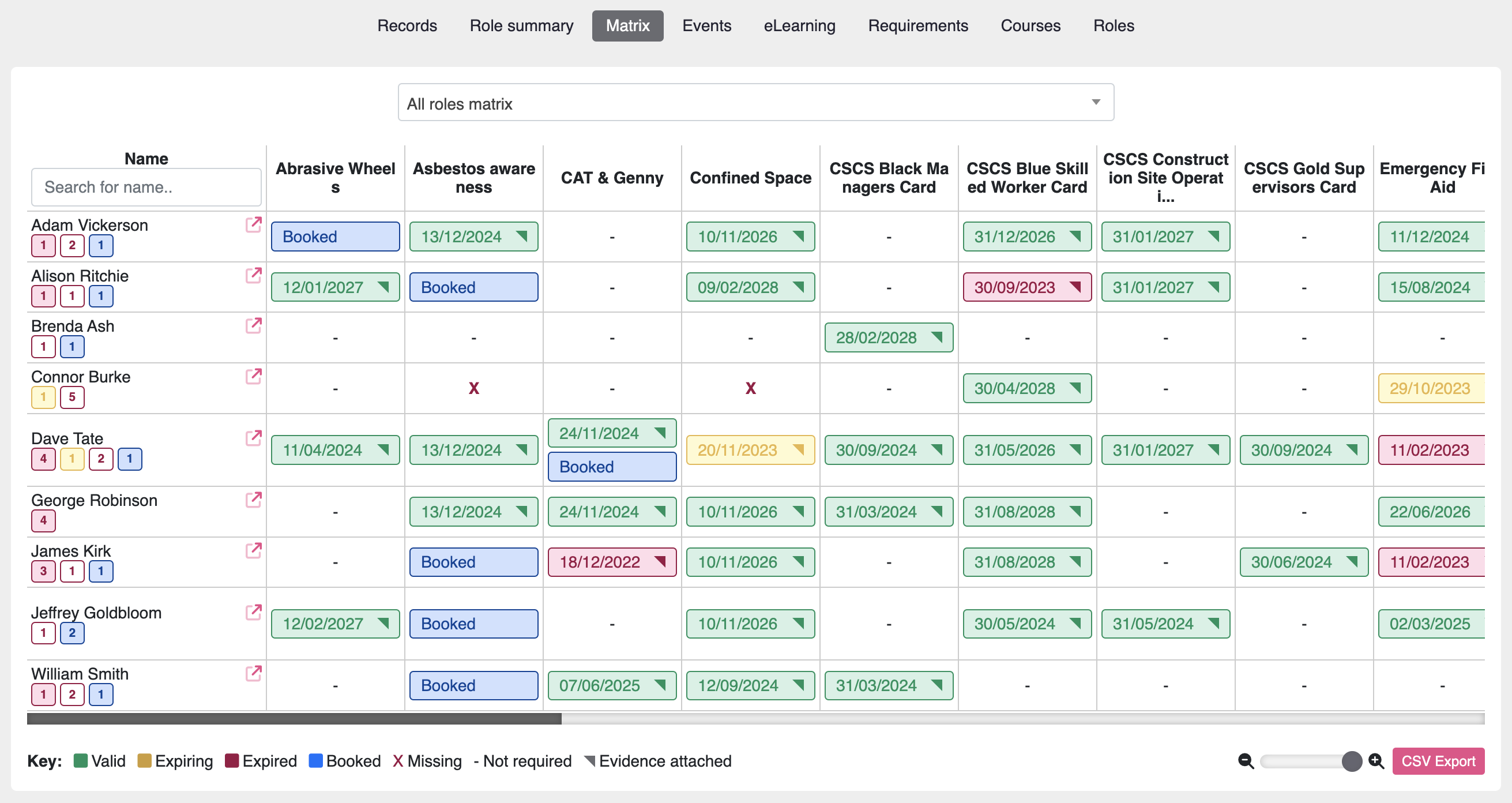In today’s fast-paced business world, it’s essential to have a workforce that is equipped with the necessary knowledge, skills, and abilities (KSAs) to drive success. But how do you ensure that your workforce has the right KSAs and is continuously developing them? This is where workforce analysis and optimization come into play.
In this article, we’ll explore the importance of identifying and monitoring workforce KSAs and how it can benefit your organization.
Why is Workforce Analysis of KSAs Important?
Workforce analysis is the process of evaluating the current and future needs of your organization in terms of its workforce. It involves identifying the skills, knowledge, and abilities required for each role within the organization and assessing whether the current workforce possesses these KSAs.
Identifying Skill Gaps
One of the main benefits of workforce analysis is that it helps identify any skill gaps within your organization. By analyzing the KSAs of your current workforce, you can determine which areas need improvement and take steps to address them.
For example, if you find that your sales team lacks the necessary skills to effectively communicate with clients, you can provide training and resources to improve their communication skills. This will not only benefit the individual employees but also contribute to the overall success of your organization.
Forecasting Future KSAs Needs
Workforce analysis also allows you to forecast future needs for your organization. By analyzing the current workforce and identifying any potential skill gaps, you can plan for future hiring and training needs. This ensures that your organization has the right people with the right KSAs to meet its goals and objectives.
The Role of Workforce Optimization in Monitoring KSAs
Workforce optimization is the process of continuously improving the performance and productivity of your workforce. It involves identifying areas for improvement and implementing strategies to enhance the skills, knowledge, and abilities of your employees.
Identifying Key Performance Indicators (KPIs)
The first step in workforce optimization is to identify key performance indicators (KPIs) that are relevant to your organization. These KPIs can include metrics such as employee satisfaction, productivity, and retention rates. By monitoring these KPIs, you can track the progress of your workforce and identify areas for improvement.
Providing Training and Development Opportunities
One of the main ways to optimize your workforce is by providing training and development opportunities. This can include both formal training programs and on-the-job learning experiences. By investing in the development of your employees, you not only improve their KSAs but also increase their job satisfaction and loyalty to the organization.
Encouraging Collaboration and Knowledge Sharing
Another important aspect of workforce optimization is promoting collaboration and knowledge sharing among employees. By creating a culture of learning and teamwork, you can facilitate the transfer of knowledge and skills between employees. This not only benefits individual employees but also contributes to the overall growth and success of the organization.
The Benefits of Monitoring Workforce KSAs
Now that we understand the importance of workforce analysis and optimization, let’s explore the benefits of monitoring workforce KSAs.
Improved Performance and Productivity
By monitoring workforce KSAs, you can identify any skill gaps and provide training and development opportunities to address them. This leads to improved performance and productivity as employees are equipped with the necessary skills to excel in their roles.
Better Decision Making
Monitoring workforce KSAs also allows you to make better decisions when it comes to hiring, training, and promoting employees. By having a clear understanding of the KSAs of your workforce, you can make informed decisions that align with the goals and objectives of your organization.
Increased Employee Engagement and Retention
Employees who feel that their KSAs are valued and that they have opportunities for growth and development are more engaged and satisfied in their roles. This leads to increased employee retention, which is beneficial for both the individual employees and the organization as a whole.
How to Monitor Workforce KSAs
Now that we’ve established the importance of monitoring workforce KSAs, let’s explore some strategies for doing so effectively.
Conduct Regular Performance Reviews
Performance reviews are an essential tool for monitoring workforce KSAs. By conducting regular reviews, you can assess the performance and progress of your employees and identify any areas for improvement. This also provides an opportunity for employees to discuss their career goals and development needs with their managers.
Use Employee Surveys
Employee surveys are another effective way to monitor workforce KSAs. By asking employees to self-assess their skills and knowledge, you can gain valuable insights into the strengths and weaknesses of your workforce. This can also help identify any training or development needs that employees may have.
Utilize Technology
Technology can also play a significant role in monitoring workforce KSAs. There are various tools and software available that can help track employee performance, identify skill gaps, and provide training and development opportunities. By leveraging technology, you can streamline the process of monitoring and improving workforce KSAs.
Identifying and monitoring KSAs with Moralbox
Revolutionize your hiring strategy with Moralbox – a game-changer for employers and HR professionals. Effortlessly identify and monitor candidates’ Knowledge, Skills, and Abilities (KSAs) with our intuitive platform. Benefit from our automated training needs analysis, enabling easy identification of skills gaps. Track and monitor skill competencies and abilities through Moralbox’s advanced Skills Assessment feature. Elevate your recruitment process and build a high-performing team with precision and efficiency
Real-World Examples of Workforce KSA Monitoring
One company that has successfully implemented workforce KSA monitoring is Google. They use a tool called “Googlegeist” to gather feedback from employees and track their satisfaction, engagement, and development needs. This allows them to continuously monitor and improve the KSAs of their workforce.
Another example is IBM, which uses a tool called “SkillsBuild” to provide training and development opportunities to its employees. This not only helps improve the KSAs of their workforce but also contributes to employee retention and satisfaction.
Conclusion
In today’s competitive business landscape, it’s crucial to have a workforce that is equipped with the necessary KSAs to drive success. By conducting workforce analysis, optimizing your workforce, and monitoring KSAs, you can ensure that your organization has the right people with the right skills to achieve its goals. By investing in the development of your employees, you not only improve their performance and productivity but also contribute to the overall success of your organization.

Alison is the Moralbox Customer Success Manager. She ensures that our customers enjoy the benefits and get the very best experience out of our products. Alison has over 8 years experience as a training manager.


